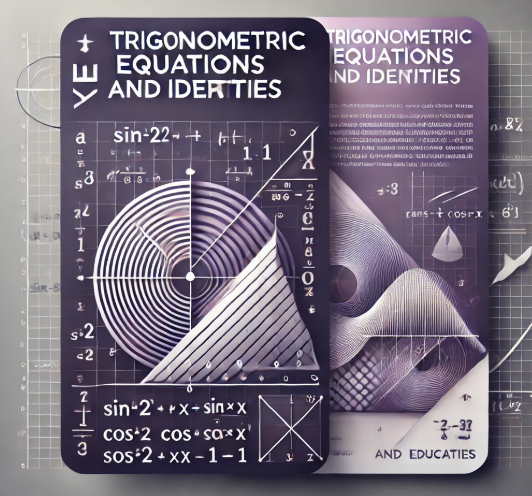
Welcome to the Trigonometry: Equations and Identities course on Young Education (YE). This course explores the fascinating world of trigonometric equations, identities, and their real-world applications. Designed to enhance your mathematical understanding and problem-solving skills, it covers five engaging and interconnected units:
Unit 1: Fundamentals of Trigonometric Equations
In this unit, you will learn the basics of solving trigonometric equations, understand their graphical interpretations, and explore the relationships between angles and trigonometric functions. The foundations built here will prepare you for tackling more advanced concepts.
Unit 2: Trigonometric Identities – Basics
This unit introduces key trigonometric identities, such as Pythagorean, reciprocal, and quotient identities. Through interactive examples, you will develop the skills needed to simplify expressions and prove basic trigonometric relationships.
Unit 3: Advanced Trigonometric Identities
Dive deeper into trigonometry with advanced identities, including sum/difference, double-angle, and half-angle formulas. You will learn to manipulate these identities to solve complex equations and simplify challenging expressions.
Unit 4: Solving Trigonometric Equations with Identities
This unit combines the skills from previous units to tackle trigonometric equations using identities. You will solve problems requiring substitution, factorization, and transformations, preparing you for applications in science, engineering, and beyond.
Unit 5: Real-World Applications of Trigonometric Equations and Identities
In the final unit, explore how trigonometric equations and identities model real-world phenomena, such as sound waves, tidal patterns, and pendulum motion. You will apply your knowledge to practical problems, bringing math to life.
What You'll Gain
By the end of this course, you will:
- Master the art of solving and graphing trigonometric equations.
- Build confidence in proving and applying trigonometric identities.
- Understand the real-world significance of trigonometry in technology, physics, and engineering.